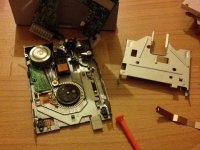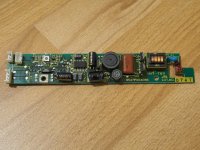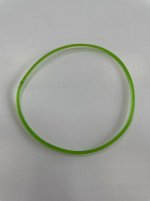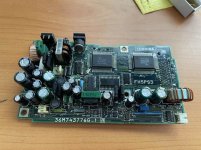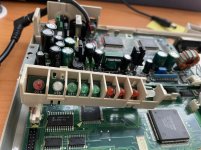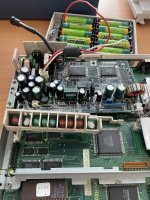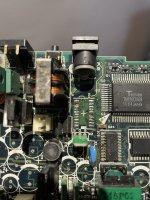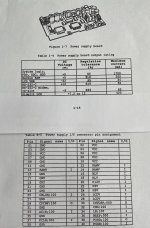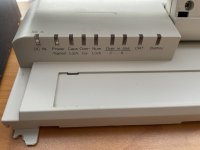ohmylove2u
Experienced Member
- Joined
- Mar 1, 2023
- Messages
- 115
Working on a Toshiba T1200XE at the moment.
Naturally, it doesn't work.
And I believe that restoring it will be a hard work!
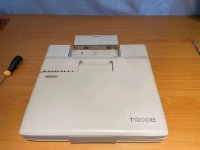
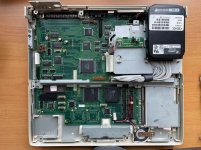
Because caps leak, the system power board and the sidelit power board had suffered serious corrosion.
I removed all caps and cleaned the PCB.
Now I'm just waiting for new caps to arrive.
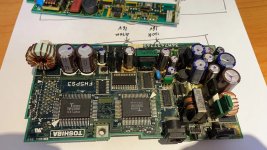

The LCD appears to have a significant issue.
Can anyone tell me if it still works?
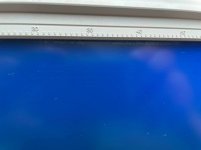
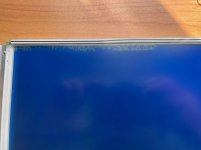
Naturally, it doesn't work.
And I believe that restoring it will be a hard work!


Because caps leak, the system power board and the sidelit power board had suffered serious corrosion.
I removed all caps and cleaned the PCB.
Now I'm just waiting for new caps to arrive.


The LCD appears to have a significant issue.
Can anyone tell me if it still works?




